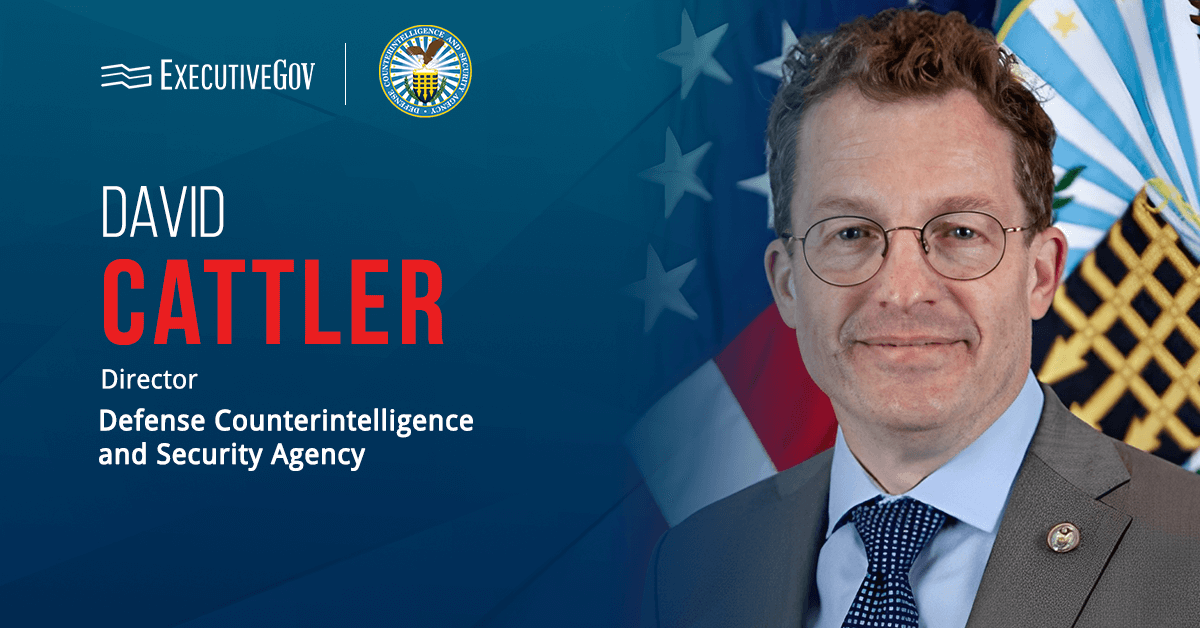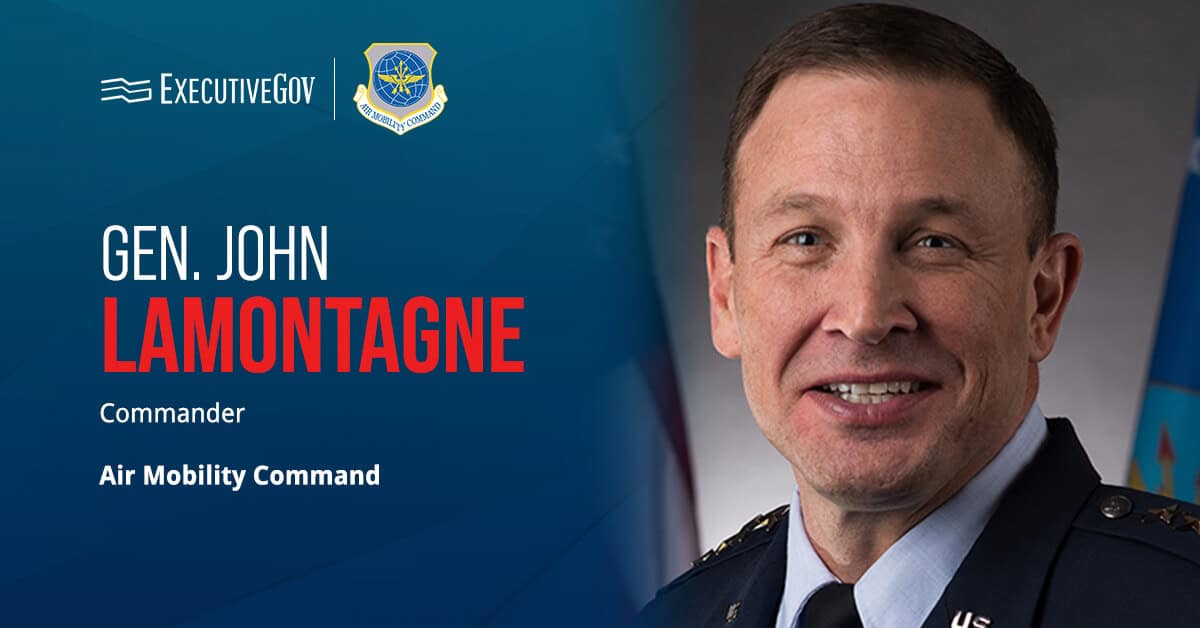David Cattler, director of the Defense Counterintelligence and Security Agency, has approved the new organizational structure of the newly realigned Personnel Vetting directorate as part of DCSA’s efforts to drive innovation, continuous improvement and efficiency across the agency.
“The implementation of this important transformation not only strengthens DCSA’s security posture but also enhances public trust in the agency’s ability to protect the nation’s sensitive information and assets,” Cattler said in a statement published Monday.
Table of Contents
DCSA Personnel Vetting Directorate’s Leadership Team
DCSA said Mark Sherwin, assistant director for personnel vetting, will oversee the new PV directorate, formerly the Personnel Security directorate.
Other mission leaders joining Sherwin in the newly realigned directorate are Laura Eury, deputy assistant director of data collection and analytics; Marianna Martineau, deputy assistant director of operations management and control; Chakeia Ragin, acting deputy assistant director for trust decision; and James Cratty, acting deputy assistant director for risk analysis and information development.
“These leaders are the right people, in the right roles, at the right time,” said Cattler. “I’m confident this leadership structure will enable PV to gain efficiency, reduce redundancy, and improve operational performance in support of effective business strategies while adhering to the administration’s guidance.
Key Capabilities of DCSA Personnel Vetting Directorate
The DCSA Personnel Vetting directorate has four key capabilities: data collection and analysis; risk analysis and information development; trust decision; and operations management and control capabilities.
The directorate’s risk analysis and information development capability, for instance, is focused on conducting initial reviews of the preliminary risk profile and sourcing additional information to prepare a comprehensive investigative product for further assessment.
According to DCSA, the realignment provided the agency with an opportunity to integrate continuous process improvement activities and suggestions on how to manage workforce shaping and manpower reduction efforts.
“This is not just a change in process, but a transformation in mindset – one that prioritizes proactive protection and adaptability in the face of evolving challenges,” said Cattler. “Over the past year, we have postured ourselves to a be a more responsive service provider and operate like a business and that’s how we approached this reorganization – SAFe Agile Framework principles, industry best practices and a customer-focused approach to name a few.”
DCSA said it expects additional structural changes and internal realignments to support Department of Defense and government reform initiatives.





